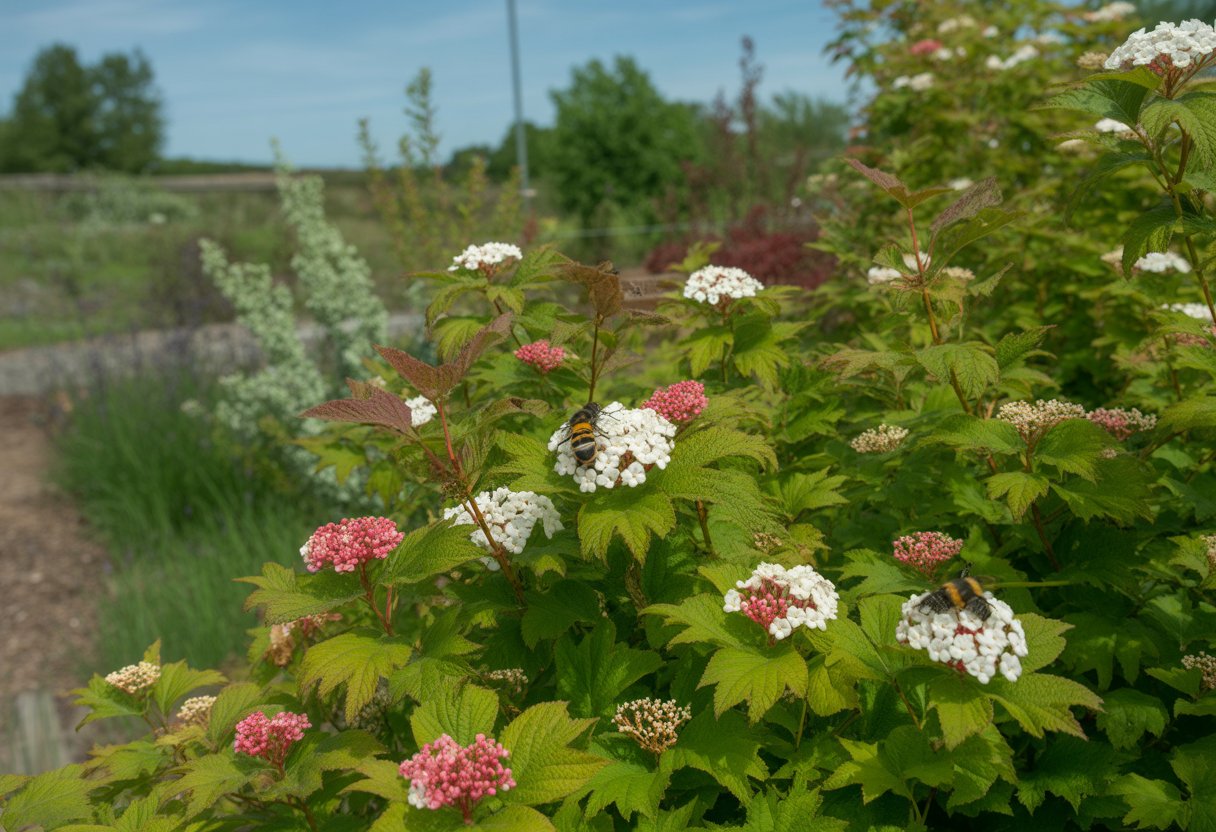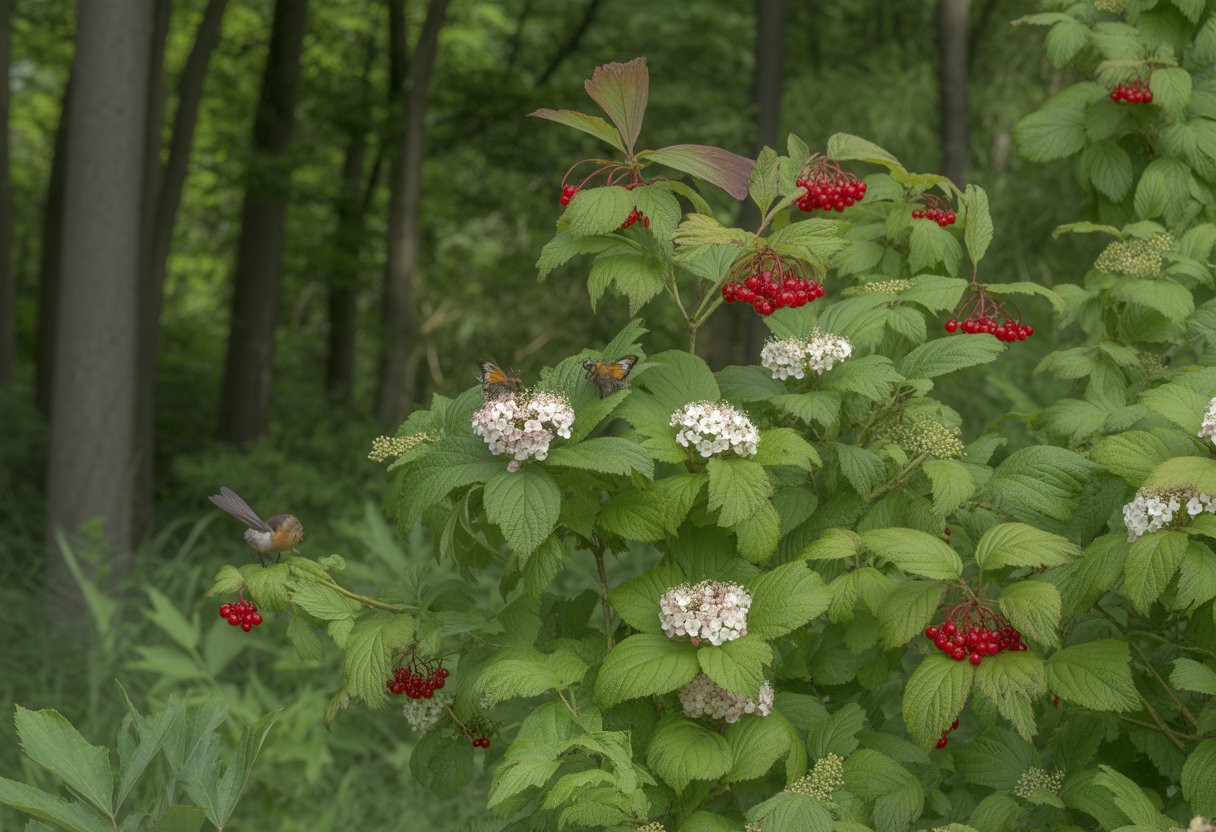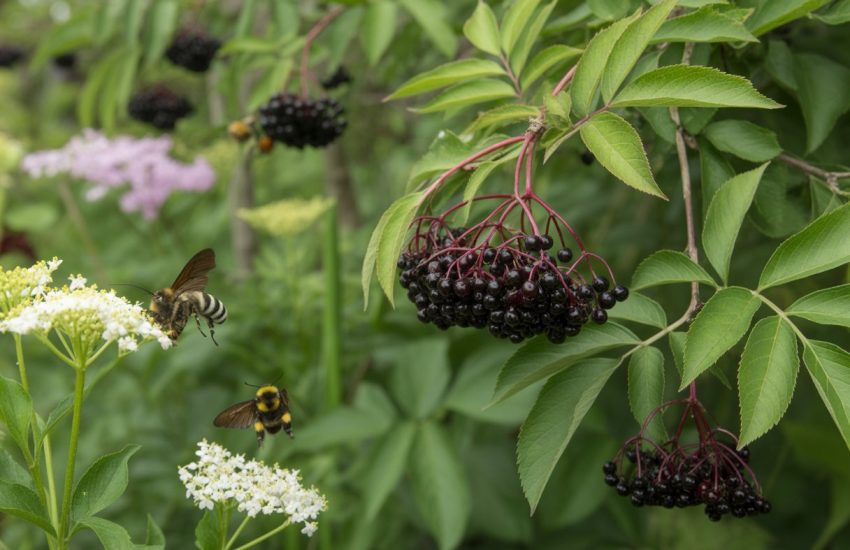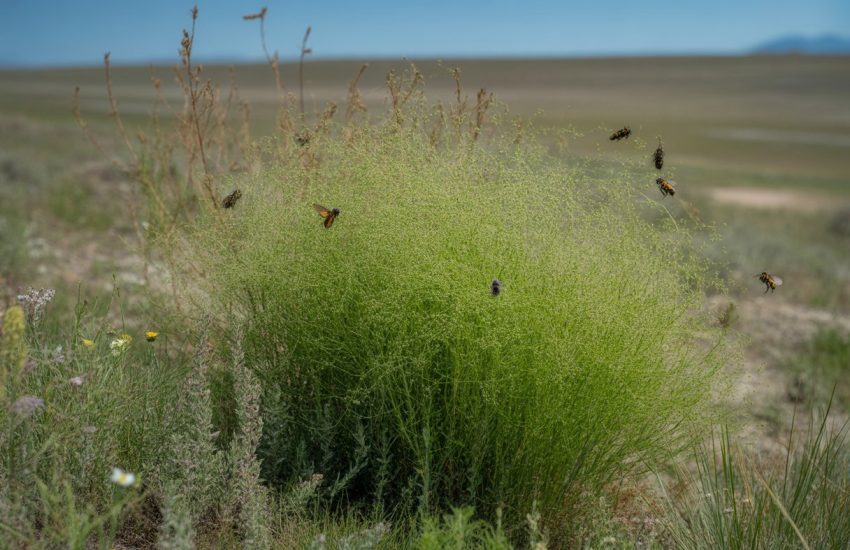Benefits of Planting Native Viburnum for Sustainable Gardens and Wildlife Support
Planting native viburnum brings practical perks for both gardeners and the environment. These shrubs pretty much fit right in with local climates and soil, so you don’t have to fuss over them much.
Their adaptability means you’ll use less water and fewer chemicals.

Native viburnum supports local ecosystems by giving pollinators and wildlife food and shelter. Birds love their berries, which makes viburnum a solid choice for boosting biodiversity in your yard.
Viburnum also helps keep soil healthy and controls erosion. Its deep roots anchor the ground, which comes in handy in spots where runoff or soil loss is a problem.
Ecological Benefits of Planting Native Viburnum

Native viburnums offer essential habitat and resources for wildlife. Their presence really strengthens local ecosystems.
Supporting Local Wildlife
Species like viburnum acerifolium and viburnum dentatum give birds and beneficial insects both shelter and food. Birds often nest in their dense branches and use them for cover.
The fruits show up in fall and winter, serving as a food source when other options are scarce. Pollinators and insects flock to viburnum flowers in spring for nectar and pollen.
That keeps native pollinator cycles humming along, and the shrubs help sustain wildlife all year.
Promoting Biodiversity
Adding native shrubs like viburnum to a landscape increases plant diversity. These shrubs blend well with other natives, making it harder for invasive plants to take over.
You get a mix of plant layers—groundcover, understory, and more. Viburnums add variety to hedgerows and forest edges, which attracts a broader range of wildlife.
They adapt to different habitats, which encourages a richer ecosystem. Greater diversity means more resilience when the environment throws curveballs.
Role in Native Plant Ecosystems
Viburnums play a key role in native plant ecosystems. Their leaves drop and break down, enriching the soil with organic matter.
The roots hold soil in place, crucial for preventing erosion along slopes and stream banks. In restoration projects, viburnums help create natural habitat structures.
They work well with other native species, which boosts the health of the whole plant community.
Landscape and Ornamental Value
Native viburnums bring both beauty and function to gardens and landscapes. Their look changes with the seasons, so you never get bored.
They fit into all sorts of design styles, from formal to wild and natural.
Seasonal Interest and Visual Appeal
American cranberry bush and blackhaw viburnum light up gardens in spring with clusters of white flowers. These blooms pull in pollinators and add a fresh pop of color.
Come fall, many viburnums put on a show with red and orange leaves. Viburnum prunifolium, for example, turns heads with its bold autumn colors.
After the flowers fade, some species produce berries—think the cranberry bush’s bright yellow fruits. Those berries look great and feed wildlife too.
So, you get spring flowers, colorful fall leaves, and berries—pretty much year-round interest.
Versatility in Garden Design
Native viburnums aren’t picky about sun or shade, which makes them easy to work with. Use them as specimen plants, hedges, or informal borders.
Their size varies, so you can tuck them into small gardens or let them sprawl in bigger spaces. In hedgerows, viburnums provide dense foliage and seasonal color, plus a bit of privacy.
They don’t mind different soils and don’t need much upkeep. That makes them a good fit for gardens focused on low resource use.
Designers can mix viburnums with other plants to get a combo of flowers, foliage, and fruit.
Practical Advantages for Gardeners

Native viburnums bring some real-world perks for gardeners. You get easy care and flexibility without losing out on looks.
Low Maintenance Requirements
Viburnum dentatum and Viburnum prunifolium don’t need much pruning—just the occasional trim or removal of dead wood. They naturally shrug off most pests and diseases, so you can skip a lot of chemicals.
These shrubs do fine without heavy fertilizing. A layer of mulch keeps the soil moist through the seasons.
If there’s a dry spell, just water them a bit—especially when they’re in full sun and blooming. The “blue muffin” viburnum draws in birds, which actually help with natural pest control.
And they’re tough enough to survive cold winters without extra effort from you.
Adaptability to Different Sites
Native viburnums handle a bunch of soil types—clay, loam, sandy—you name it, as long as the drainage is decent. They’ll grow in partial shade or full sun, but honestly, you’ll get way more flowers and fruit if they soak up plenty of sun.
You can tuck these shrubs into naturalized spots, garden borders, or even use them as a native hedge. I’ve noticed they’re especially good for places where the moisture swings a lot, since they cope with both wet spells and dry stretches better than most non-native options.


